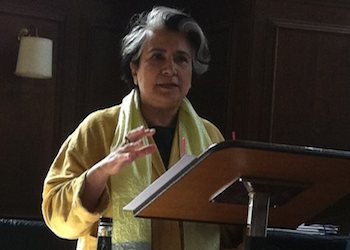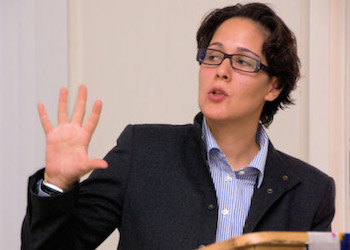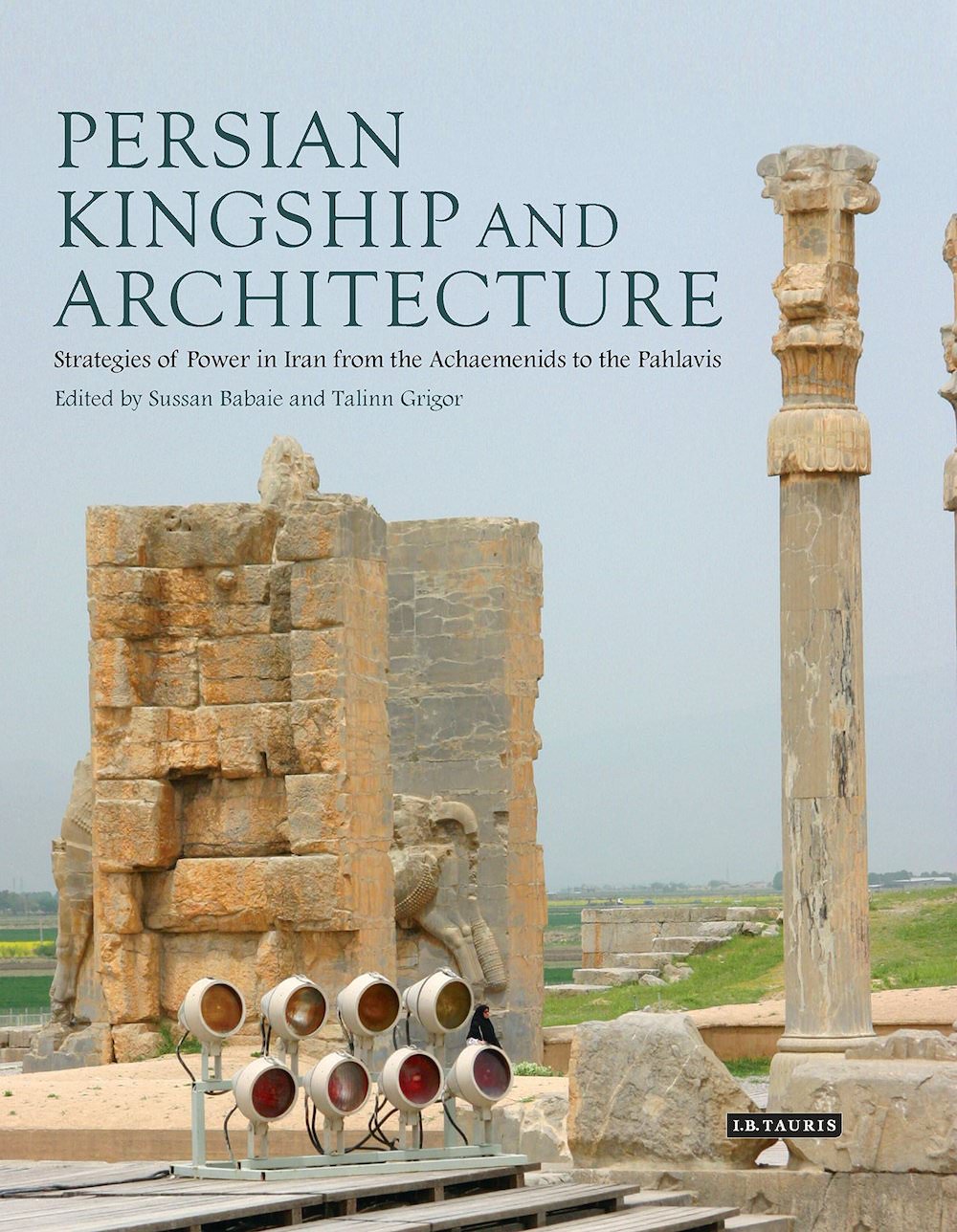Persian Kingship and Architecture: Strategies of Power in Iran from the Achaemenids to the Pahlavis
ince the Shah went into exile and the Islamic Republic was established in 1979 in the wake of the Iranian Revolution, the very idea of monarchy in Iran has been contentious. Yet, as Persian Kingship and Architecture argues, the institution of kingship has historically played a pivotal role in articulating the abstract notion of ‘Iran’ since antiquity. These ideas surrounding kingship and nation have, in turn, served as a unifying cultural force despite shifting political and religious allegiances. Through analyses of palaces, mausolea, art, architectural decoration and urban design the authors show how architecture was appropriated by different rulers as an integral part of their strategies of legitimising power. They refer to a variety of examples, from the monuments of Persepolis under the Achaemenids, the Sassanian palaces at Kish, the Safavid public squares of Isfahan, the Qajar palaces at Shiraz and to the modernisation and urban agendas of the Pahlavis. Drawing on archaeology, ancient, medieval, early and modern architectural history, both Islamic and secular, this book is indispensable for all those interested in Iranian studies and visual culture.

Dr Sussan Babaie is Lecturer of Persian and Islamic Art at the Courtauld Institute of Art, University of London, President-Elect of the Historians of Islamic Art Association, and serves on the Governing Council of the British Institute of Persian Studies, the Board of Directors of the Association for the Study of Persianate Societies and is a Trustee-at-Large of the American Institute of Iranian Studies. She has many years of experience teaching, both in the States at Smith College and the University of Michigan, and in Germany as a Visiting Professor at the Institut für Kunstgeschichte, Ludwig Maximilian University, in Munich. Her research and teaching concern questions of imperialism and artistic patronage in Persianate West, Central and South Asia where high culture derived from the literary corpus of the Persian language.

Dr Talinn Grigor (Ph.D., MIT, 2005) is an Associate Professor of modern and contemporary architecture in the Department of Fine Arts at Brandeis University. Her research concentrates on the cross-pollination of architecture and (post)colonial politics, focused on Iran and India. Her first book, ‘Building Iran: Modernism, Architecture, and National Heritage under the Pahlavi Monarchs’ (Prestel, 2009) examines the link between official architecture and heritage discourses in 20th-century Iran. ‘Contemporary Iranian Art: From the Street to the Studio’ (Reaktion, 2014) explores Iranian visual culture through the premise of the art historical debate of populist versus avant-garde art that extends into the identity politics of the exile. Her present project deals with the turn-of-the-century European art-historiography and its links to eclectic-revivalistic architecture in Qajar Iran and the British Raj.


